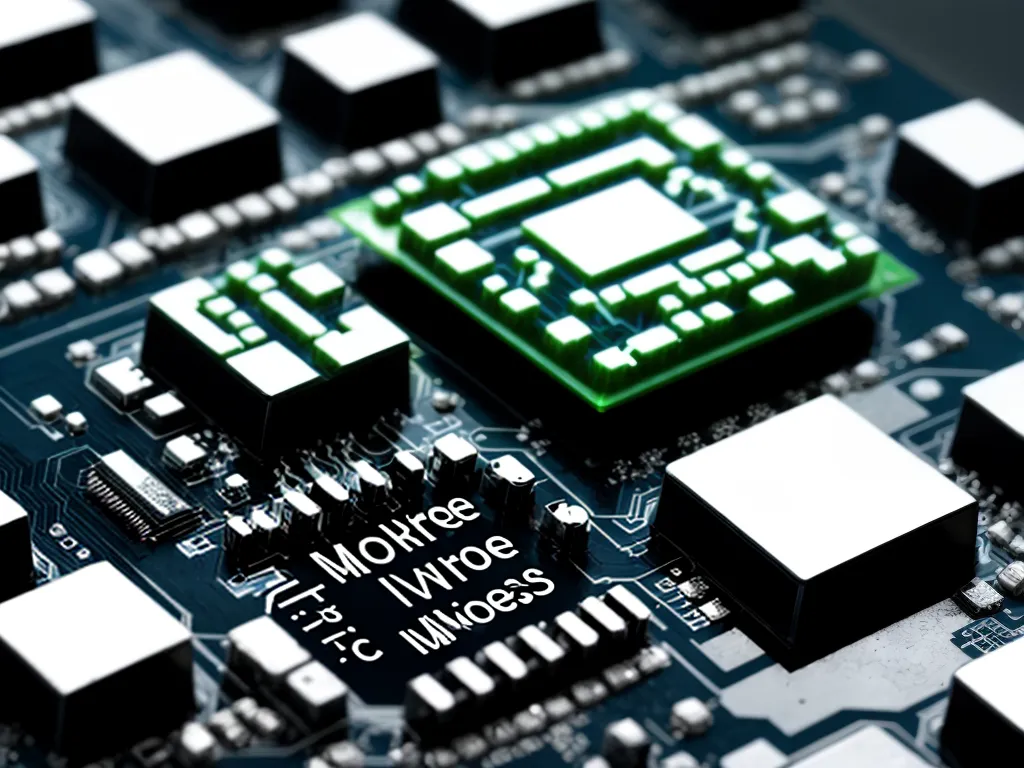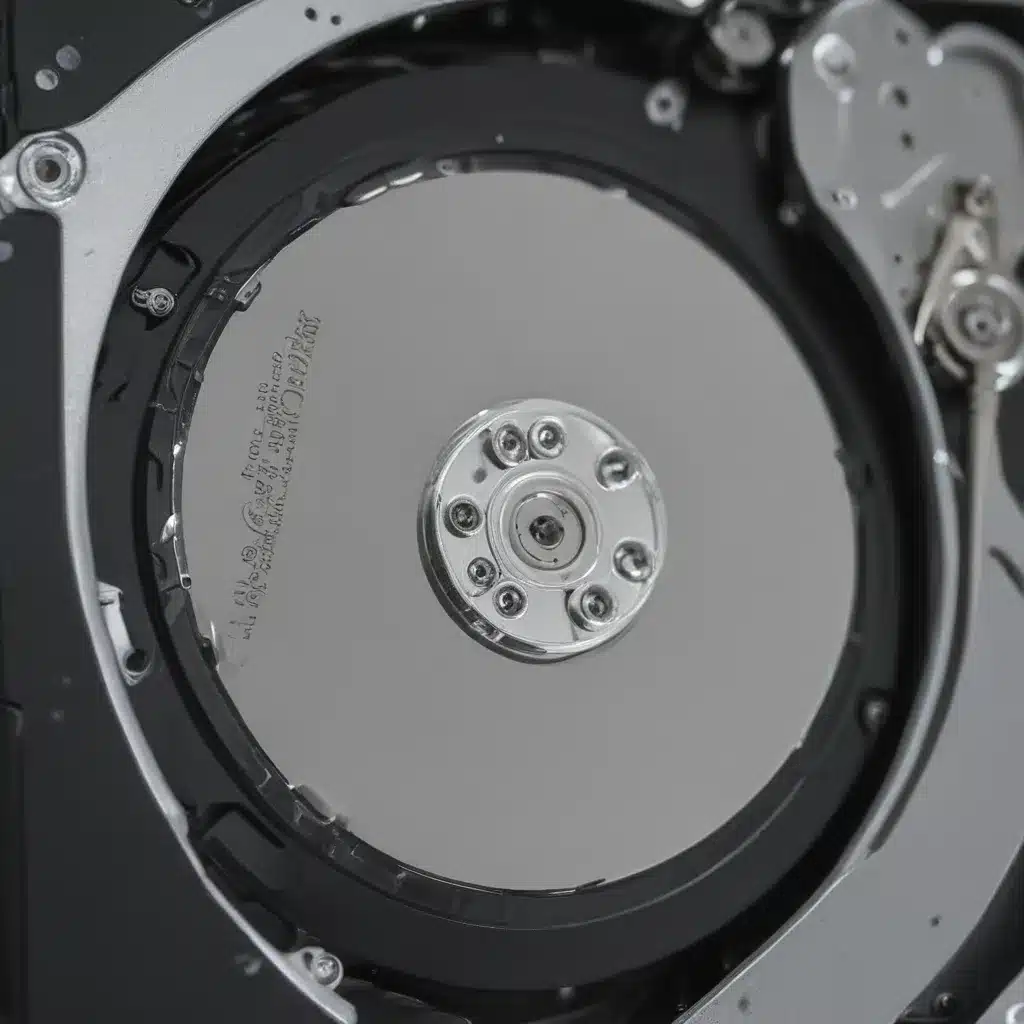An Introduction to Moore’s Law
Moore’s Law refers to the observation made by Intel co-founder Gordon Moore in 1965 that the number of transistors on integrated circuits doubles approximately every two years. This observation has proven remarkably prescient, as the exponential growth predicted by Moore has largely held true for over 50 years. However, in recent years, there has been much debate over whether this trend can continue indefinitely or if we are reaching the physical limits of Moore’s Law.
I believe that while the original formulation of Moore’s Law may be reaching its end, the underlying idea can evolve and live on in new forms. In this article, I will provide an overview of Moore’s Law, analyze the case for its ending, and make the argument that with new technologies and paradigms, the exponential growth in computing power can continue.
The Success of Moore’s Law Over Decades
Moore’s Law has been one of the driving forces of the information technology revolution. Since the 1960s, as predicted by Moore’s observation, transistors have continued to shrink in size, allowing ever more compact and powerful computer chips to be produced.
For example, the first microprocessor, the Intel 4004, released in 1971, contained 2,300 transistors in a 12 mm2 die area. Today, Intel’s latest Core i9 processors contain over 20 billion transistors in an area about half the size. This more than 100,000 times increase in transistor density over 50 years is a testament to the accuracy of Moore’s Law.
The implications of this exponential growth have been profound. It has enabled massive advances in computing performance, allowing everything from smartphones to machine learning to emerge. Moore’s Law has also remained remarkably consistent – analysis shows the doubling period from 1971 to 2019 averaged roughly 2 years. However, there are signs this long run may be ending.
The Case For Moore’s Law Coming to an End
There are both technological and economic arguments for why Moore’s Law cannot continue forever in its original form. On the technological side, there are basic physical limits that computing is starting to run up against.
The most direct limitation is transistor size. Transistor components cannot be made smaller than the size of a few silicon atoms. Intel’s latest chips have reached geometries of around 10 nanometers, encroaching on this physical limit. Further size reductions also increase undesirable quantum effects like tunneling leakage.
Economically, the cost of a new chip fabrication plants has skyrocketed to over $10 billion. Each progressions down in process size also requires hugely complex and expensive innovations. With diminishing returns, there are questions if this continual investment makes sense.
Given these realities, many experts predict an end to traditional Moore’s Law within 10 years. Even Gordon Moore himself said in 2015 he sees it ending in the next decade or so. With transistors hitting atomic limits and costs ballooning, we may well have reached the point where the exponential growth described by the original formulation of Moore’s Law is no longer sustainable.
How Moore’s Law Could Evolve and Live On
However, I believe there are reasons to be optimistic about the continuation of the exponential growth trend, even if the strict doubling of transistor counts ends. There are new technologies and paradigms that can allow the density of computing power to keep increasing at an exponential pace.
One evolution is the rise of 3D chip architectures. Companies like Intel and Micron have developed techniques to stack and connect layers of processors vertically. This adds a third dimension for component density improvements. 3D packaging methods will allow far more transistors to fit in a given footprint.
There are also advances that will permit more operations per transistor. New materials like graphene have potential to increase transistor speed and reduce voltage requirements, boosting energy efficiency. Architectural shifts like neuromorphic computing may enable gains in processing power beyond simple transistor counts as well.
Rather than rely on fabrication improvements, we can also leverage increased parallelism and specialization. Massively parallel GPUs and AI accelerators provide order of magnitude performance gains on specialized workloads. Networks of optimized microservices chips can outperform monolithic processors for certain tasks.
Overall, while traditional Moore’s Law is certainly facing challenges, I believe the major theme of exponential growth in computing can continue through new technologies like 3D stacking, novel materials, specialized architectures, and highly parallel systems. This represents the evolution of the underlying idea of Moore’s Law rather than its end.
Perspectives on the Future of Moore’s Law
To further analyze the debate around whether Moore’s Law will end soon or continue evolving, it is helpful to examine the perspectives of various experts and industry leaders. While there is no consensus, thoughtful cases have been made on both sides.
For example, Intel CEO Pat Gelsinger has argued Moore’s Law has decades left, saying:
“Moore’s Law is still alive and well. We see path down to angstrom level – we’re not going to stop. There will be Moore’s Law for at least five more generations.”
This contrasts with Nvidia CEO Jensen Huang’s view that the time of frequency improvements and scaling shrinks is reaching its end:
“The Moore’s Law of old is coming to its natural limit. The Moore’s Law of the future is going up – AI is the future of computing.”
MIT professor Charles Fine also sees the need for a new paradigm but is hopeful about continued exponential growth:
“We are surely approaching the limits of Moore’s Law. However, if we shift our focus to devices that compute with exponentially greater energy efficiency, the exponential march can continue.”
These varying perspectives and projections emphasize that, while Moore’s Law in its classical definition may be ending, the debate continues over how the spirit of exponential growth in computing power can carry on. The future likely holds further evolution and new paradigms we cannot yet predict.
Conclusion: The Legacy and Future of Moore’s Law
In conclusion, Moore’s Law has proven remarkably resilient for over 50 years, driving tremendous advances in technology through its prediction of the exponential growth of transistors on chips. However, we are likely approaching the end of this trend in its original formulation due to both economic and physical limitations.
Key indicators point to an end to the doubling of transistor counts within 5-10 years. However, this does not necessarily mean an end to the exponential improvements Moore’s Law represents. Through innovations like 3D stacking, novel materials, specialized architectures, and massively parallel systems, we can enter a new phase of evolution for Moore’s Law rather than its termination.
While the exact path forward remains unclear, the legacy of Moore’s Law will live on through one form or another. The debate and discussion will continue as long as there are new frontiers in computer engineering to push into. The information revolution Moore’s Law fueled is just getting started.













